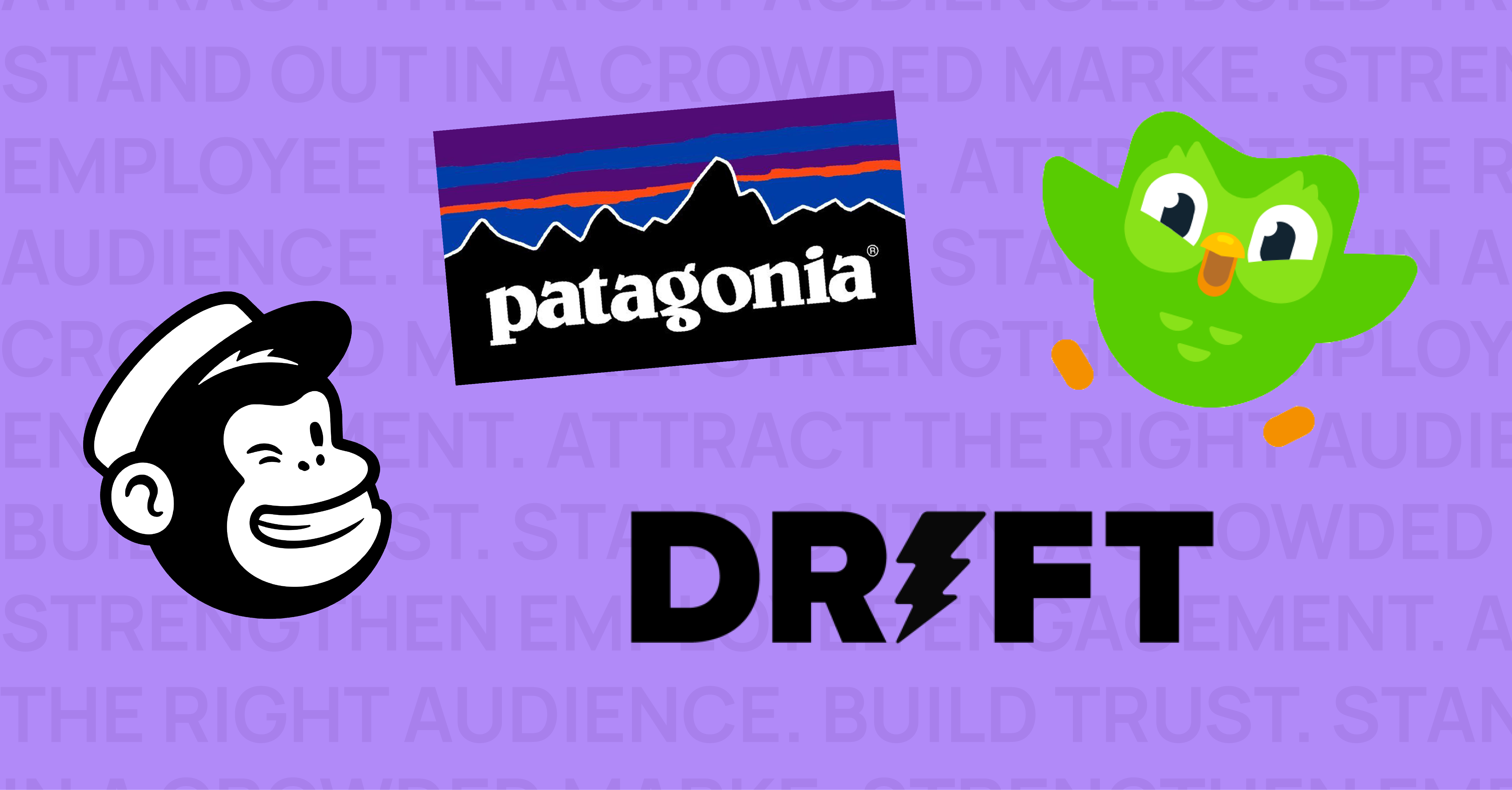Google holds healthcare and financial brands to a higher standard for website content and SEO
When it comes to Search Engine Optimization (SEO), life is getting harder, not easier. In fact, things seem to be getting more difficult and more complicated each year. Yet, at the same time, Google is finding ways to simplify SEO in its never-ending quest to make “SEO tricks” obsolete. That sounds contradictory, but hear us out.
The evolution of Google’s algorithm had made SEO-tricks like “keyword stuffing” less effective at improving rankings. Meanwhile, the algorithm is better at rewarding high-rankings to content that is genuinely high-quality, trustworthy, and valuable to the reader. This simplifies SEO, because you can ignore those antiquated black-hat hacks that some people use to game the system. Instead, focus on creating really useful content and, over time, Google should reward your efforts with better rankings. However, competition is increasing and creating the type of quality content that Google ranks favorably is more challenging than it was to implement those old SEO tricks ten years ago.
After the recent “Medic” update to Google’s core search algorithm, it’s never been more important for healthcare and financial brands to adhere to Google’s guidelines for creating a quality and trustworthy website and content experience.
In this article, we’ll dive into the state of SEO for these “Your Money or Your Life” verticals and explain how to outflank your competition and succeed at SEO in the wake of the Medic update.
What are “Your Money or Your Life” (YMYL) Webpages?
YMYL webpages are sites and pages that contain content that may impact the user’s safety, financial stability, health or future happiness. Examples include pages featuring financial information, medical information, legal information, and shopping or financial transactions, among others.
Because this type of content could adversely impact people’s happiness, health, finances, or safety, Google holds such pages to a higher standard of quality in its SEO algorithm, as well as in its Search Quality Evaluator Guidelines.
You may be wondering what Search Quality Evaluator Guidelines are. If you’re in an industry where your website contains YMYL type content, this is important. Google has real human beings who manually review webpages and give them a search quality rating. Yes, you read that right. Real humans, or “raters,” who work for Google may or may not have rated the quality of your website content at some point. The raters follow these guidelines to inform the ratings they give to content. Naturally, there are far too many sites and pages for Google to have raters rate them all, so they rely on sampling.
According to Google, these search quality ratings do not directly impact rankings nor directly factor into the search algorithm itself. As Google evolves its algorithm to better reward truly high-quality, useful and credible content, it progressively looks for ways to use machine learning to guide the algorithm to think more like a human. The quality ratings are used in that effort as a guide to teach Google’s engineers how to calibrate the algorithm toward human thinking.
Google asks raters to hold YMYL pages to a higher standard in the guidelines, so you can expect that the core search algorithm aims to do the same. After the Medic update went live last August, we have some confirmation that this is the case.
What is the Medic update?
On August 1, 2018, Google rolled-out and confirmed a major update to its core search algorithm, which is what determines SEO rankings. Google has become increasingly secretive about its updates and did not offer specific information about what changed with this update. For this update, Google quietly recommended we should follow guidelines from the last major update in March 2018, which was quite vague:
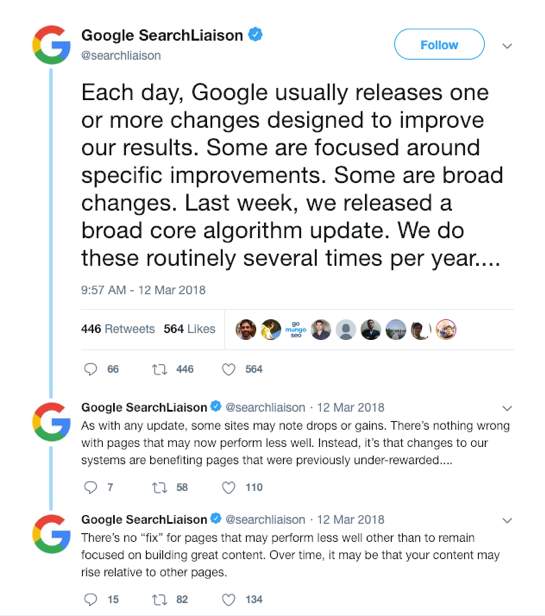
With Google being so nondescript, marketers need to rely on sharing data and insights throughout the community to surmise the intent and impact of the update. For this update, the impact was far-reaching, but data strongly shows that YMYL content was hit the hardest. We’ll share some of that data below.
For the record, Google claims it did not intentionally target YMYL sites, calling it a “happy coincidence”. Pedro Dias, a former Google employee, recently asked about this while he interviewed Gary Illyes of Google at the Search Masters Brazil conference.
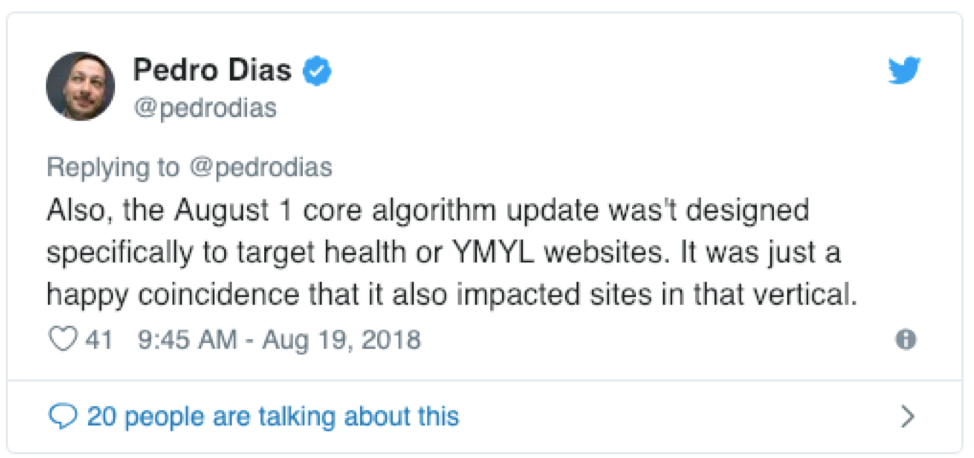
With Google being so nondescript, marketers need to rely on sharing data and insights throughout the community to surmise the intent and impact of the update. For this update, the impact was far-reaching, but data strongly shows that YMYL content was hit the hardest. We’ll share some of that data below.

In case you’re wondering where the update’s name came from, this one is an unofficial nickname. Google has given snappy names to some of its major algorithm updates over the years; “The Penguin Update” and “The Panda Update” are two of the most notable. When a major algorithm update is confirmed, but not named, leave it to the community of SEO professionals to give it a nickname. In this case, the most recent major update has been dubbed the “Medic” Update.
The Data: YMYL & Medic Update
According to data from Sistrix, an analytics platform that measures digital marketing visibility, these were some of the sites that were hit with the biggest rankings and traffic losses in the wake of the Medic update.
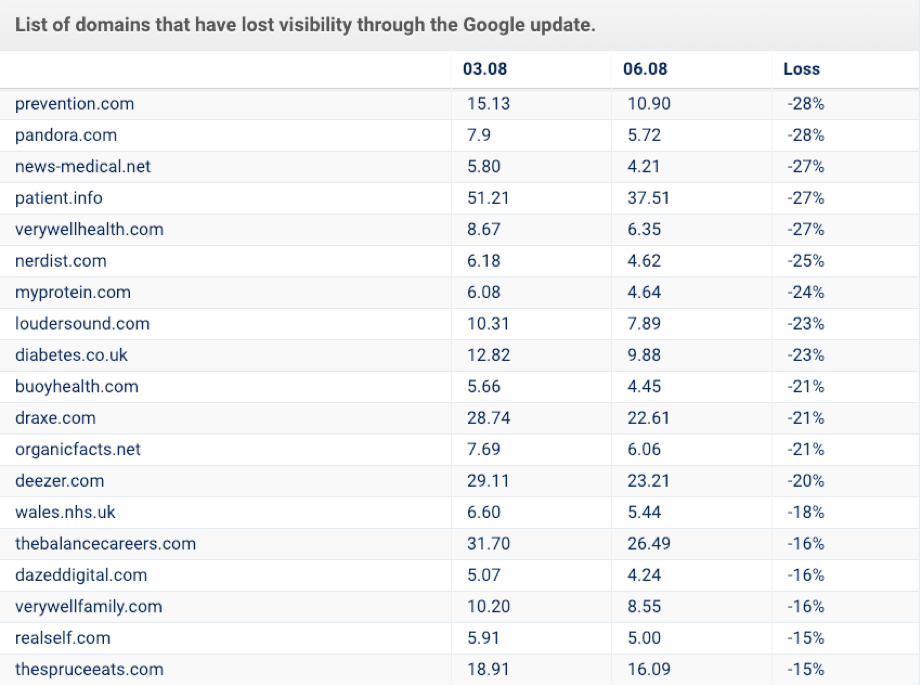
The team at Search Engine Roundtable did an analysis of 325 brands who reported being negatively impacted by Medic. You can see that YMYL sites make up a disproportionately large ratio of the sample.
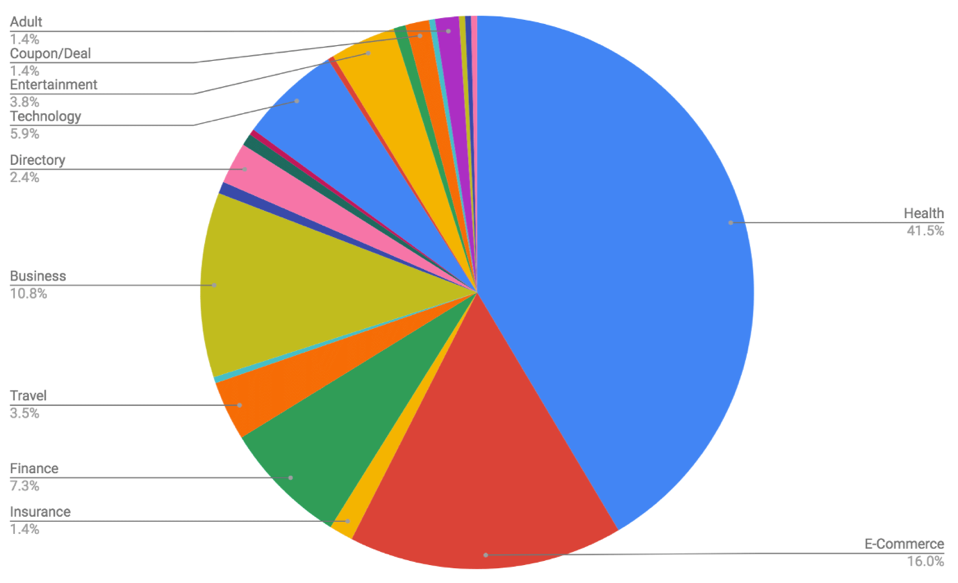
How to improve your website experience and SEO post-Medic update
As we mentioned in the introduction, Google’s algorithm has moved away from rewarding SEO tricks and toward rewarding websites and content that are useful and valuable to the intended audience. Here is why that concept is important to understand – it means that this is not just SEO advice. These tips are meant to provide a better experience for your audience and the bonus just happens to be better success with SEO.
This is sound advice whether or not your website contains YMYL content and whether or not you were negatively impacted by the Medic update. However, if you fall into either of those categories, following these tips should be a priority for your 2019 marketing plans.
E-A-T: Expertise, Authoritativeness & Trustworthiness
Because SEO loves acronyms, we thought you’d enjoy learning one more. E-A-T is a concept that Google emphasizes in the Search Quality Evaluator Guidelines. This is a model that Google developed to help differentiate content that is quality and credible from content that is not. This is particularly important for YMYL pages.
You might be reading this thinking, “My business and website are credible, and people will know that when they find us.” That assumption is partially driven by the curse of knowledge. You know your brand is credible, so you assume other people will get the same impression. That may be true, but it also may not be true. People are inherently cynical, and our default is to not trust something until trust has been earned. E-A-T attempts to qualify your content by reading certain signals that universally imply credibility.
Expertise
All things equal, you’d prefer to learn about something from – or do business with – a brand that has expertise on the subject. There are a number of ways to showcase your expertise:
- Create as much strong, detailed and comprehensive content as possible that highlights your knowledge of a given subject.
- Accentuate any certifications, degrees, accreditations, and related experiences that your expert-authors may have.
- Acknowledge subject matter consensus when well-established consensus exists, even if you don’t fully agree with it.
Authoritativeness
Where expertise can exist in a vacuum, authoritativeness cannot. You earn authority in a niche when others recognize you as an expert. To show authoritativeness:
- Show social proof on your site that lets the reader know that other people view you as an expert.
- Connect content to expert authors and the authors to their LinkedIn profiles. Recommendations on a LinkedIn profile are a strong signal of authority.
- Feature testimonials that show people praising your work.
Trustworthiness
Trustworthiness is a bit easier to prove on your website and the proof points are much more common to see online. Here are some ways to convince visitors you are trustworthy:
- Attention to detail – avoid typos, incorrect statements and other oversights will hurt your credibility
- Support your content with facts, evidence, research and citations. It’s helpful to link-out to other trustworthy resources
- Feature reviews
- Show logos of brands that work with you or have worked with you in the past
- Avoid using spammy click-bait-style headlines
- Make sure a business address and contact information are both easily accessible on your site
- Create a detailed About Us page with strong bios, photos and links to social media profiles of your experts
- Prioritize helping and educating people over aggressively pushing your product
- Maintain your website and update it regularly
- Limit the number of calls-to-action and on-page ads or promotions
Next steps for implementing E-A-T
With digital marketing, it’s best to think about your brand’s approach as a marathon, not a sprint. We recommend a tiered approach that includes some initial house cleaning, if needed, followed by an ongoing program that continually strengthens your brand’s level of expertise, authority and trust.
An audit and initial optimization
Start by doing a website and content audit to assess how well your brand is showing signals of E-A-T. Based on what the audit finds, you’ll want to prioritize making improvements that will have the biggest impact how Google and visitors interpret your level of E-A-T. Each case is different, but we typically recommend focusing on the items in the bullets above in this order: expertise – trustworthiness – authoritativeness.
Ongoing efforts to strengthen your brand’s E-A-T
The regular creation of strong educational content and thought-leadership content in your niche is best way to build a robust foundation for credibility. We recommend putting a detailed content marketing strategy in place that helps to guide your brand-building program. The major steps in a content marketing process are as follows:
- Understand your buyer’s needs and pain-points and pick a specific challenge to target with your program.
- Brainstorm a balanced content mix that will help solve your audience’s challenge and add-value to them throughout the buyer’s journey. Then map your content topics to the stages of the buyer’s journey.
- Create the pieces of content, comprehensively covering your topics to educate your audience, establish expertise and earn their interest in your products or services.
- Promote your content to ensure that it gets in front of your target audience. Promotional channels should include, social media, PR, email marketing, PPC advertising, or any channel that your research shows are used by your audience.
- Measure how your content is performing and use the data to identify ways to improve it and optimize it to provide your readers with a great experience. The better the experience for your users, the better the business results will ultimately be.
- Promote the content some more.
- Move on to the next content topic and repeat the process.
Key Takeaways
Google has made it clear that online content in healthcare and finance industries is being held to a higher standard for quality and credibility than content that isn’t considered YMYL. Brands that strongly practice E-A-T qualities will have an advantage in Google rankings over those who do not (all other things equal). This isn’t just good SEO practice, it’s a great approach to strengthen your brand as well.
Reach out to discuss how we can help you lift the perceived expertise, authoritativeness and trustworthiness of your brand.



